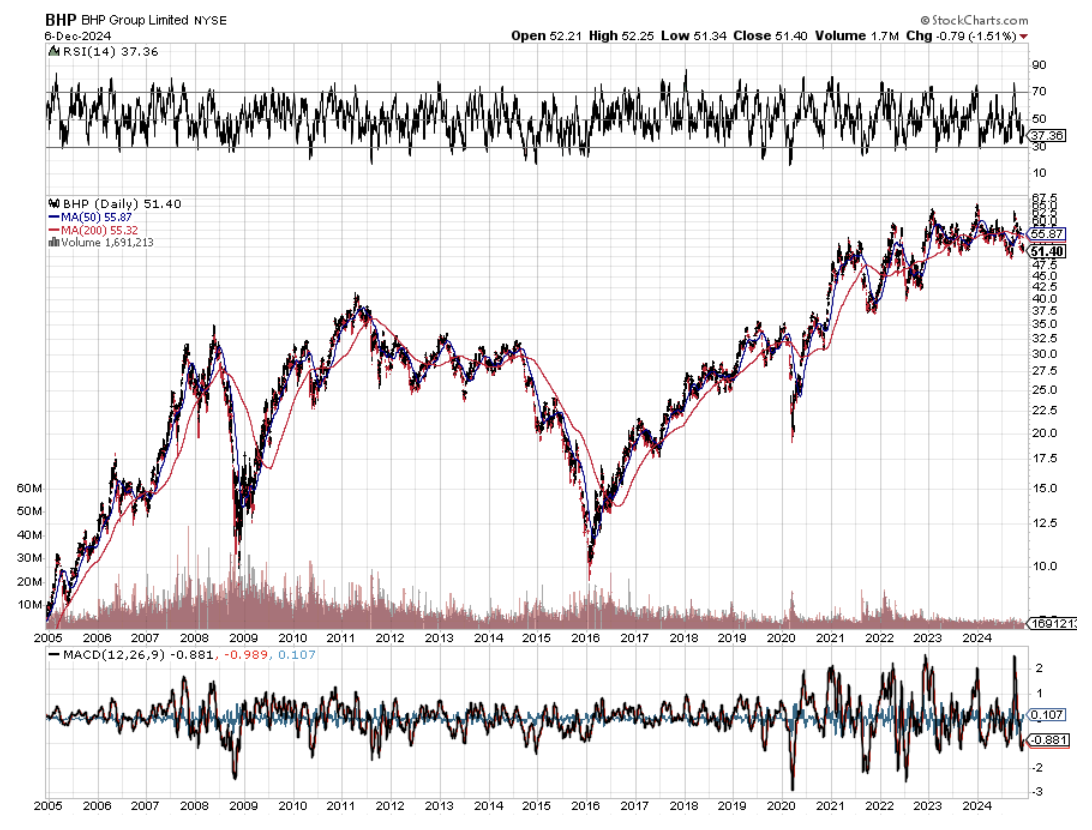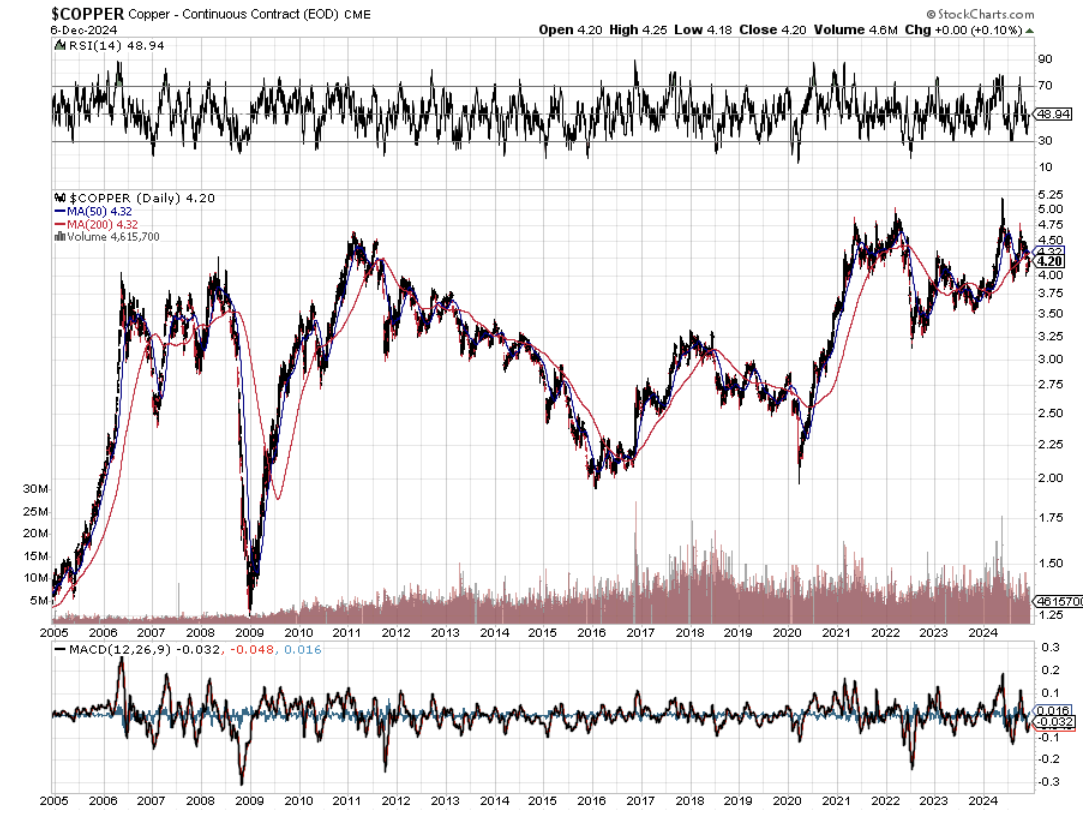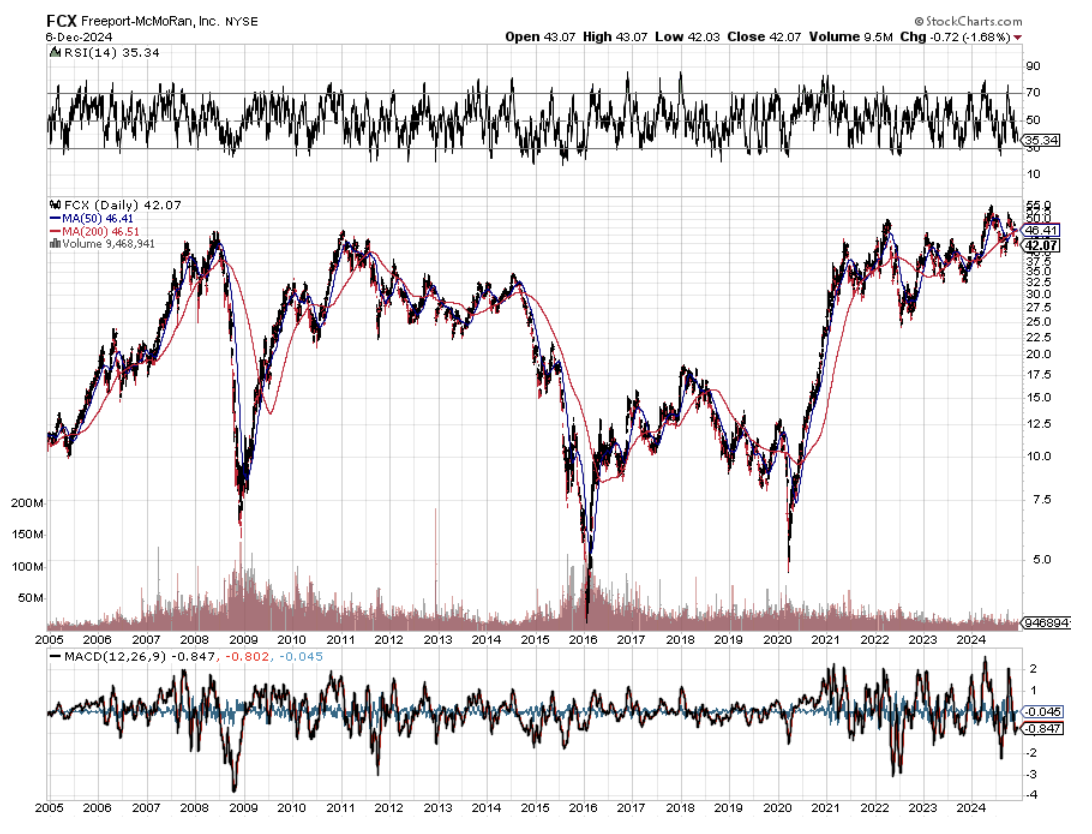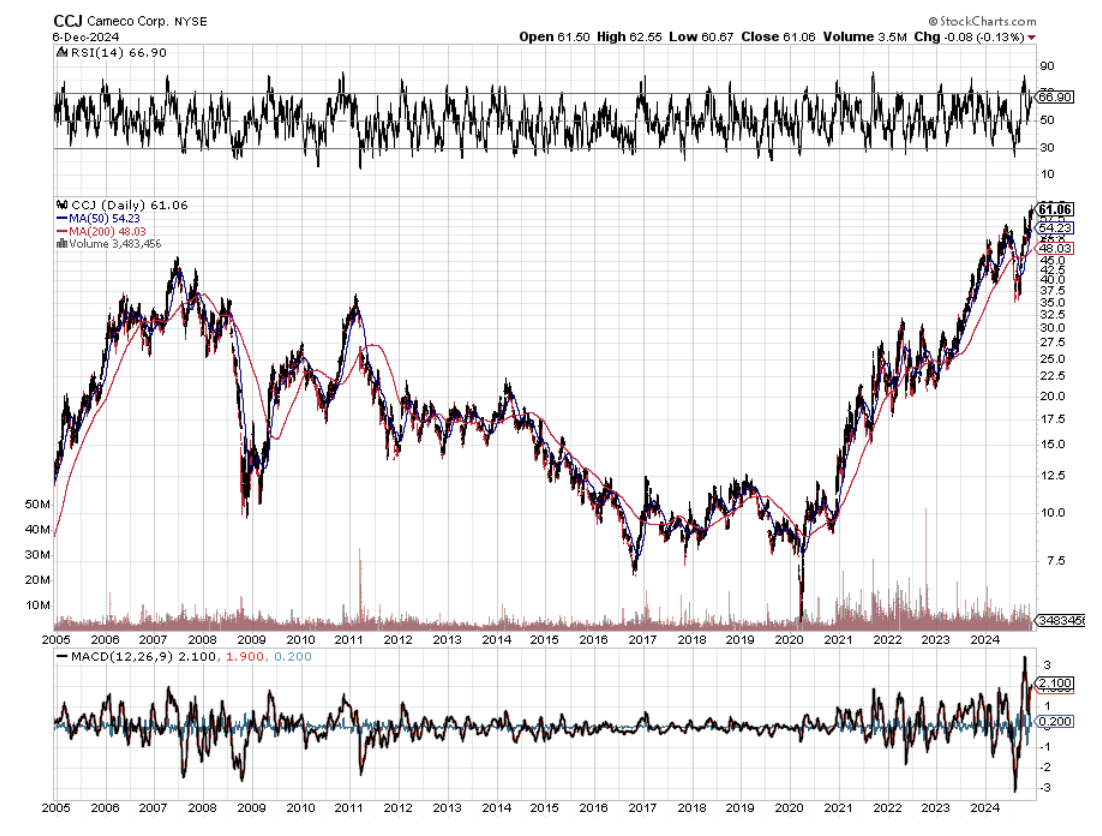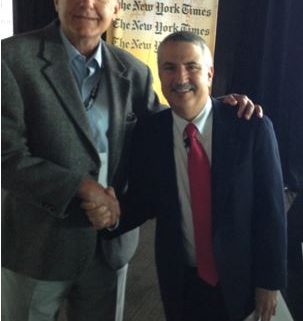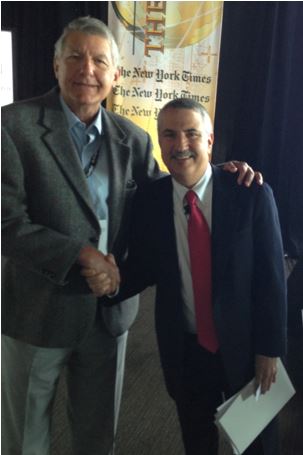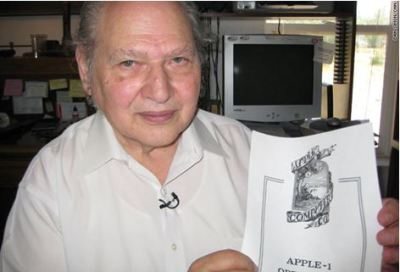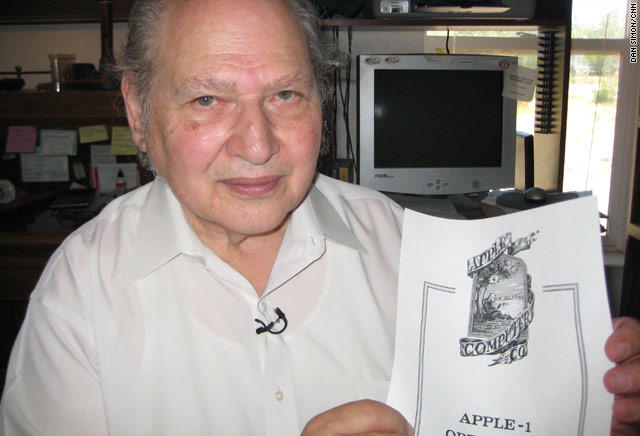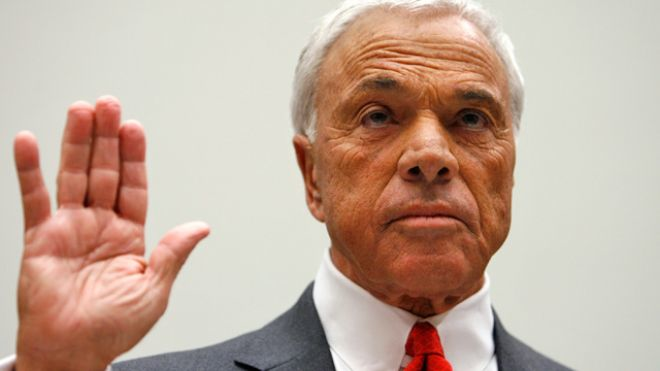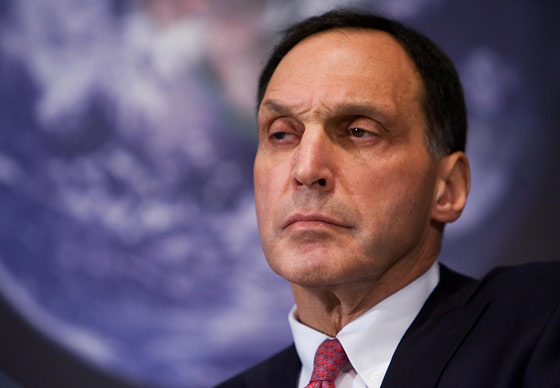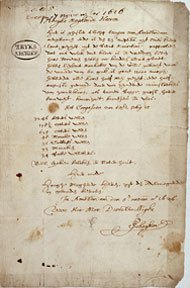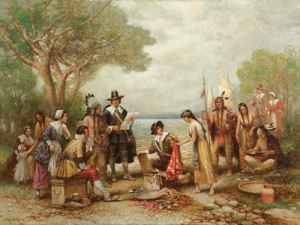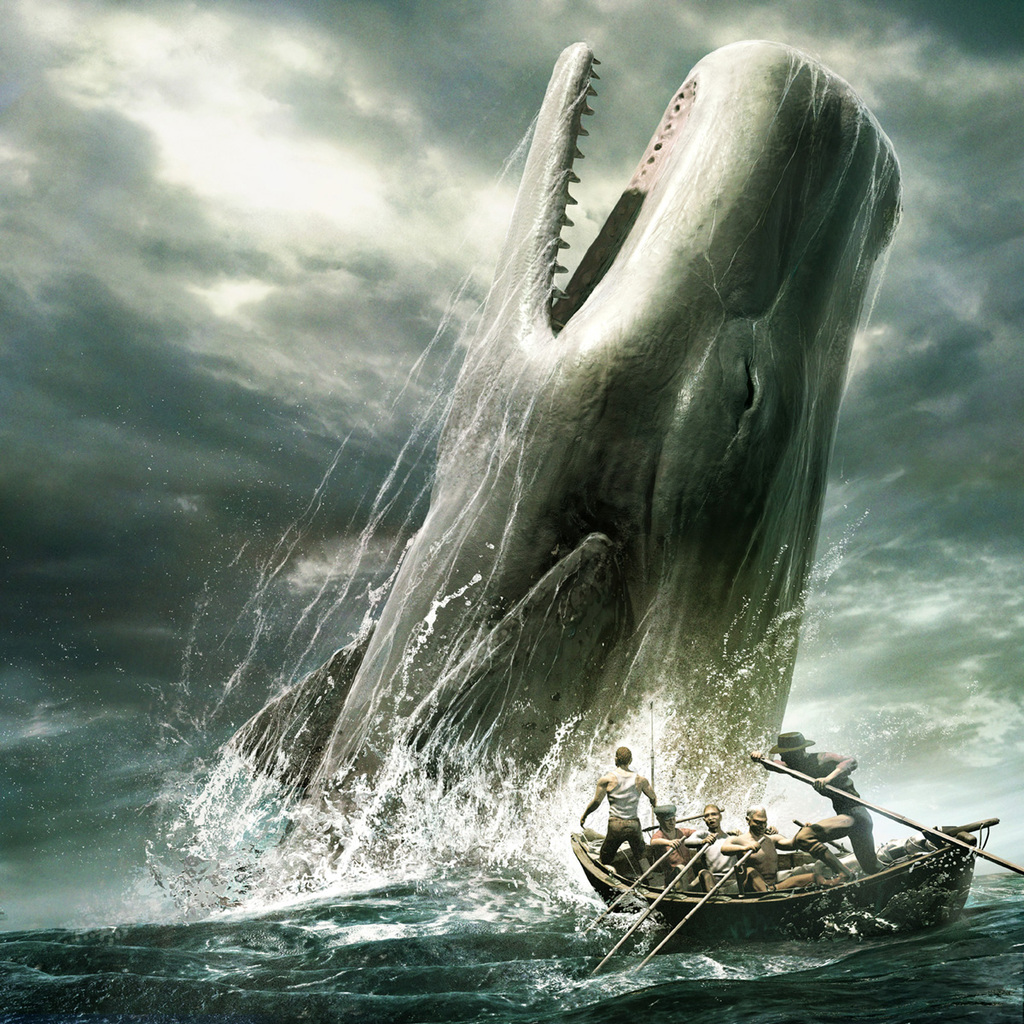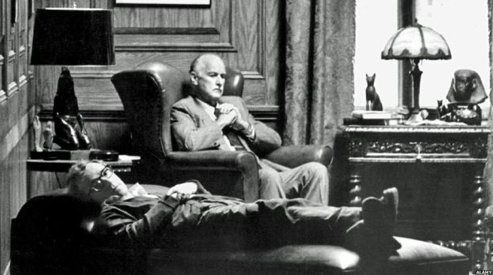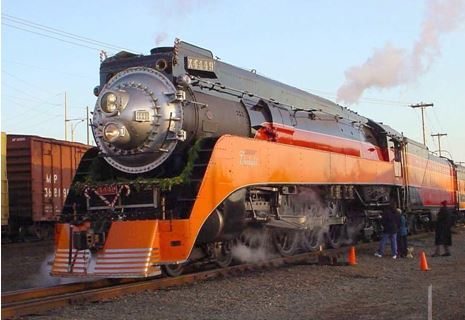Global Market Comments
December 24, 2024
Fiat Lux
Featured Trade:
(THE NEXT COMMODITY SUPER CYCLE HAS ALREADY STARTED),
(COPX), (GLD), (FCX), (BHP), (RIO), (SIL),
(PPLT), (PALL), (GOLD), (ECH), (EWZ), (IDX)
When I closed out my position in Freeport McMoRan (FCX) near its max profit earlier this year, I received a hurried email from a reader if he should still keep the stock. I replied very quickly:
“Hell, yes!”
When I toured Australia a couple of years ago, I couldn’t help but notice a surprising number of fresh-faced young people driving luxury Ferraris, Lamborghinis, and Porsches.
I remarked to my Aussie friend that there must be a lot of indulgent parents in The Lucky Country these days. “It’s not the parents who are buying these cars,” he remarked, “It’s the kids.”
He went on to explain that the mining boom had driven wages for skilled labor to spectacular levels. Workers in their early twenties could earn as much as $200,000 a year, with generous benefits.
The big resource companies flew them by private jet a thousand miles to remote locations where they toiled at four-week on, four-week off schedules.
This was creating social problems, as it is tough for parents to manage offspring who make far more than they do.
The Great Commodity Boom has started, and in fact, we are already years into a prolonged super cycle.
China, the world’s largest consumer of commodities, is currently stimulating its economy on multiple fronts, including generous corporate tax breaks and relaxed reserve requirements. Get a trigger like the impending settlement of its trade war with the US, and it will be off to the races once more for the entire sector.
The last bear market in commodities was certainly punishing. From the 2011 peaks, copper (COPX) shed 65%, gold (GLD) gave back 47%, and iron ore was cut by 78%. One research house estimated that some $150 billion in resource projects in Australia were suspended or cancelled.
Budgeted capital spending during 2012-2015 was slashed by a blood-curdling 30%. Contract negotiations for price breaks demanded by end consumers broke out like a bad case of chicken pox.
The shellacking was reflected in the major producer shares, like BHP Billiton (BHP), Freeport McMoRan (FCX), and Rio Tinto (RIO), with prices down by half or more. Write-downs of asset values became epidemic at many of these firms.
The selloff was especially punishing for the gold miners, with lead firm Barrack Gold (GOLD) seeing its stock down by nearly 80% at one point, lower than the darkest days of the 2008-9 stock market crash.
You also saw the bloodshed in the currencies of commodity-producing countries. The Australian dollar led the retreat, falling 30%. The South African Rand has also taken it on the nose, off 30%. In Canada, the Loonie got cooked.
The impact of China cannot be underestimated. In 2012, it consumed 11.7% of the planet’s oil, 40% of its copper, 46% of its iron ore, 46% of its aluminum, and 50% of its coal. It is much smaller than that today, with its annual growth rate dropping by more than half, from 13.7% to 2.3% in 2020.
What happens to commodity prices if China recovers the heady growth rates of yore? It boggles the mind. If China doesn’t step up, then India certainly will.
The rise of emerging market standards of living will also provide a boost to hard asset prices. As China goes, so does its satellite trading partners, who rely on the Middle Kingdom as their largest customer. Many are also major commodity exporters themselves, like Chile (ECH), Brazil (EWZ), and Indonesia (IDX), are looking to come back big time.
As a result, western hedge funds will soon be moving money out of paper assets, like stocks and bonds, into hard ones, such as gold, silver (SIL), palladium (PALL), platinum (PPLT), and copper.
A massive US stock market rally has sent managers in search of any investment that can’t be created with a printing press. Look at the best-performing sectors this year, and they are dominated by the commodity space.
The bulls may be right for as long as a decade, thanks to the cruel arithmetic of the commodities cycle. These are your classic textbook inelastic markets.
Mines often take 10-15 years to progress from conception to production. Deposits need to be mapped, plans drafted, permits obtained, infrastructure built, capital raised, and bribes paid in certain countries. By the time they come online, prices have peaked, drowning investors in red ink.
So, a 1% rise in demand can trigger a price rise of 50% or more. There are not a lot of substitutes for iron ore. Hedge funds then throw gasoline on the fire with excess leverage and high-frequency trading. That gives us higher highs, to be followed by lower lows.
I am old enough to have lived through a couple of these cycles now, so it is all old news for me. The previous bull legs of supercycles ran from 1870-1913 and 1945-1973. The current one started for the whole range of commodities in 2016. Before that, it was down from seven years.
While the present one is short in terms of years, no one can deny how business cycles will be greatly accelerated by the end of the pandemic.
Some new factors are weighing on miners that didn’t plague them in the past. Reregulation of the US banking system has forced several large players, like JP Morgan (JPM) and Goldman Sachs (GS), to pull out of the industry completely. That impairs trading liquidity and widens spreads— developments that can only accelerate upside price moves.
The prospect of falling US interest rates is also attracting capital. That reduces the opportunity cost of staying in raw metals, which pay neither interest nor dividends.
The future is bright for the resource industry. While the gains in Chinese demand are smaller than they have been in the past, they are off of a much larger base. In 20 years, Chinese GDP has soared from $1 trillion to $14.5 trillion.
Some 20 million people a year are still moving from the countryside to the coastal cities in search of a better standard of living and improved prospects for their children.
That is the good news. The bad news is that it looks like the headaches of Australian parents of juvenile high earners may persist for a lot longer than they wish.
Buy all commodities on dips for the next several years.
"If horses could have voted, there never would have been cars," said my friend, Tom Friedman, a columnist at the New York Times.
Global Market Comments
December 23, 2024
Fiat Lux
Featured Trade:
(A BUY WRITE PRIMER)
(AAPL)
Global Market Comments
December 20, 2024
Fiat Lux
Featured Trade:
(THE EIGHT WORST TRADES IN HISTORY)
As you are all well aware, I have long been a history buff. I am particularly fond of studying the history of my own avocation and trading in the hope that the past errors of others will provide insights into the future.
History doesn’t repeat itself, but it certainly rhymes.
So, after decades of research on the topic, I thought I would provide you with a list of the eight worst trades in history. Some of these are subjective, some are judgment calls, but all are educational. And I do personally know many of the individuals involved.
Here they are for your edification, in no particular order. You will notice a constantly recurring theme of hubris.
1) Ron Wayne’s sales of 10% of Apple (AAPL) for $800 in 1976
Say you owned 10% of Apple (AAPL), and you sold it for $800 in 1976. What would that stake be worth today? Try $120 billion. That is the harsh reality that Ron Wayne, 89, faces every morning when he wakes up, one of the three original founders of the consumer electronics giant.
Ron first met Steve Jobs when he was a spritely 21-year-old marketing guy at Atari, the inventor of the hugely successful “Pong” video arcade game.
Ron dumped his shares when he became convinced that Steve Jobs’ reckless spending was going to drive the nascent startup into the ground, and he wanted to protect his own assets in a future bankruptcy.
Today, Apple is worth $3.07 trillion. Co-founders Jobs and Steve Wozniak each kept their original 45% ownership. Today, Jobs’ widow, Laurene Powel Jobs, has a 0.5% ownership in Apple worth $153 billion, while the value of Woz’s share remains undisclosed but is a lot.
Today, Ron is living off of a meager monthly Social Security check in remote Pahrump, Nevada, about as far out in the middle of nowhere as you can get, where he can occasionally be seen playing the penny slots.
2) AOL's 2001 Takeover of Time Warner
Seeking to gain dominance in the brave new online world, Gerald Levin pushed old-line cable TV and magazine conglomerate Time Warner to pay $164 billion to buy upstart America Online in 2001. AOL CEO Steve Case became chairman of the new entity. Blinded by greed, Levin was lured by the prospect of 130 million big-spending new customers.
It was not to be.
The wheels fell off almost immediately. The promised synergies never materialized. The Dotcom Crash vaporized AOL’s business the second the ink was dry. Then came a big recession and the Second Gulf War. By 2002, the value of the firm’s shares cratered from $226 billion to $20 billion.
The shareholders got wiped out, including “Mouth of the South” Ted Turner. That year, the firm announced a $99 billion loss as the goodwill from the merger was written off, the largest such loss in corporate history. Time Warner finally spun off AOL in 2009, ending the agony.
Steve Case walked away with billions and is now an active venture capitalist. Gerald Levin left a pauper and is occasionally seen as a forlorn guest on talk shows. The deal is widely perceived to be the worst corporate merger in history.
Buy High, Sell Low?
3) Bank of America's Purchase of Countrywide Savings in 2008
Bank of America’s CEO Ken Lewis thought he was getting the deal of the century, picking up aggressive subprime lender Countrywide Savings for a bargain $4.1 billion, a “rare opportunity.”
As a result, Countrywide CEO Angelo Mozilla pocketed several hundred million dollars. Then the financial system collapsed, and suddenly, we learned about liar loans, zero money down, and robo-signing of loan documents.
Bank of America’s shares plunged by 95%, wiping out $500 billion in market capitalization. The deal saddled (BAC) with liability for Countrywide’s many sins, ultimately paying out $40 billion in endless fines and settlements to aggrieved regulators and shareholders.
Ken Lewis was quickly put out to pasture, cashing in on an $83 million golden parachute, and is now working on his golf swing. Mozilo had to pay a number of out-of-court settlements but was able to retain a substantial fortune and is still walking around free.
The nicely tanned Mozilo is also working on his golf swing.
4) The 1973 Sale of All Star Wars Licensing and Merchandising Rights by 20th Century Fox for Free
In 1973, my former neighbor George Lucas approached 20th Century Fox Studios with the idea for the blockbuster film Star Wars. It was going to be his next film after American Graffiti, which had been a big hit earlier that year.
While Lucas was set for a large raise for his directing services – from $150,000 for American Graffiti to potentially $500,000 for Star Wars – he had a different twist ending in mind. Instead of asking for the full $500,000 directing fee, he offered a discount: $350,000 off in return for the unlimited rights to merchandising and any sequels.
Fox executives agreed, figuring that the rights were worthless and fearing that the timing might not be right for a science fiction film.
In hindsight, their decision seems ridiculously short-sighted.
Since 1977, the Star Wars franchise has generated about $27 billion in revenue, leaving George Lucas with a net worth of over $3 billion by 2012. In 2012, Disney paid Lucas an additional $4 billion to buy the rights to the franchise
The initial budget for Star Wars was a pittance at $8 million, a big sum for an unproven film. So, saving $150,000 on production costs was no small matter, and Fox thought it was hedging its bets.
George once told me that he had a problem with depressed actors on the set while filming. Harrison Ford and Carrie Fisher thought the plot was stupid and the costumes silly.
Today, it is George Lucas who is laughing all the way to the bank.
$150,000 for What?
5) Lehman Brothers Entry Into the Bond Derivatives Market in the 2000s
I hated the 2000s because it was clear that men with lesser intelligence were using other people’s money to hyper-leverage their own personal net worth. The money wasn’t the point. The quantities of cash involved were so humongous they could never be spent. It was all about winning points in a game with the CEOs of the other big Wall Street institutions.
CEO Richard Fuld could have come out of central casting as a stereotypical bad guy. He even once offered me a job, which I wisely turned down. Fuld took his firm’s leverage ratio up to 100 times in an extended reach for obscene profits. This meant that a 1% drop in the underlying securities would entirely wipe out its capital.
That’s exactly what happened, and 10,000 employees lost their jobs, sent packing with their cardboard boxes with no notice. It was a classic case of a company piling on more risk to compensate for the lack of experience and intelligence. This only ends one way.
Morgan Stanley (MS) and Goldman Sachs (GS) drew the line at 40 times leverage and are still around today but just by the skin of their teeth, thanks to the TARP.
Fuld has spent much of the last five years ducking in and out of depositions in protracted litigation. Lehman issued public bonds only months before the final debacle, and how he has stayed out of jail has amazed me. Today, he works as an independent consultant. On what, I have no idea.
Out of Central Casting
6) The Manhasset Indians' Sale of Manhattan to the Dutch in 1626
Only a single original period document mentions anything about the purchase of Manhattan. This letter states that the island was bought from the Indians for 60 Dutch guilders worth of trade goods, which would consist of axes, iron kettles, beads, and wool clothing.
No record exists of exactly what the mix was. Indians were notoriously shrewd traders and would not have been fooled by worthless trinkets.
The original letter outlining the deal is today kept at a museum in the Netherlands. It was written by a merchant, Pieter Schagen, to the directors of the West India Company (owners of New Netherlands) and is dated 5 November 1626.
He mentions that the settlers “have bought the island of Manhattes from the savages for a value of 60 guilders.” That’s it. It doesn’t say who purchased the island or from whom they purchased it, although it was probably the local Lenape tribe.
Historians often point out that North American Indians had a concept of land ownership different from that of the Europeans. The Indians regarded land, like air and water, as something you could use but not own or sell. It has been suggested that the Indians may have thought they were sharing, not selling.
It is anyone’s guess what Manhattan is worth today. Just my old two-bedroom 34th-floor apartment at 400 East 56th Street is now worth $2 million. Better think in the trillions.
7) Napoleon's 1803 Sale of the Louisiana Purchase to the United States
Invading Europe was not cheap, as Napoleon found out, and he needed some quick cash to continue his conquests. What could be more convenient than unloading France’s American colonies to the newly founded United States for a tidy $7 million? A British naval blockade had made them all but inaccessible anyway.
What is amazing is that President Thomas Jefferson agreed to the deal without the authority to do so, lacking permission from Congress, and with no money. What lies beyond the Mississippi River then was unknown.
Many Americans hoped for a waterway across the continent, while others thought dinosaurs might still roam there. Jefferson just took a flyer on it. It was up to the intrepid explorers Lewis and Clark to find out what we bought.
Sound familiar? Without his bold action, the middle 15 states of the country would still be speaking French, smoking Gitanes, and getting paid in Euros.
After Waterloo in 1815, the British tried to reverse the deal and claim the American Midwest for themselves. It took Andrew Jackson’s (see the $20 bill) surprise win at the Battle of New Orleans to solidify the US claim.
The value of the Louisiana Purchase today is incalculable. But half of a country that creates $17 trillion in GDP per year and is still growing would be worth quite a lot.
Great General, Lousy Trader
8) The John Thomas Family Sale of Nantucket Island in 1740
Yes, my own ancestors are to be included among the worst traders in history. My great X 12 grandfather, a pioneering venture capitalist investor of the day from England, managed to buy the island of Nantucket off the coast of Massachusetts from the Indians for three ax heads and a sheep in the mid-1600s. Barren, windswept, and distant, it was considered worthless.
Two generations later, my great X 10 grandfather decided to cut his risk and sell the land to local residents just ahead of the Revolutionary War. Some 17 of my ancestors fought in that war, including the original John Thomas, who served on George Washington’s staff at the harsh winter encampment at Valley Forge during 1777-78.
By the early 19th century, a major whaling industry developed on Nantucket, fueling the lamps of the world with smoke-free fuel. By then, our family name was “Coffin,” which is still abundantly found on the headstones of the island’s cemeteries.
One Coffin even saw his ship, the Essex, rammed by a whale and sunk in the Pacific in 1821. He was eaten by fellow crewmembers after spending 99 days adrift in an open lifeboat. Maybe that’s why I have an obsession about not wasting food?
In the 1840s, a young itinerant writer named Herman Melville visited Nantucket and heard the Essex story. He turned it into a massive novel about a mysterious rogue white whale, Moby Dick, which has been torturing English literature students ever since. Our family name, Coffin, is mentioned seven times in the book.
Nantucket is probably worth many tens of billions of dollars today as a playground for the rich and famous. Just a decent beachfront cottage there rents for $50,000 a week in the summer.
The 2015 Ron Howard film, The Heart of the Sea, is breathtaking. Just be happy you never worked on a 19th-century sailing ship.
Yes, it’s all true and documented.
Hi Grandpa!
“It’s really dangerous to look for rationality in the market, so much of it is psychology…. Stocks will rotate from flawless to hopeless,” said Howard Marks of Oaktree Capital Management.
Global Market Comments
December 19, 2024
Fiat Lux
Featured Trade:
(A CHRISTMAS STORY),
(THE U-HAUL INDICATOR)
When I was growing up in Los Angeles during the fifties, the most exciting day of the year was when my dad took me to buy a Christmas tree.
With its semi-desert climate, Southern California offered pine trees that were thin and scraggly at best, and we didn’t want to chop down the view that we had.
So, the Southern Pacific Railroad made a big deal out of bringing trees down from much better-endowed Oregon to supply local holiday revelers.
You had to go down to the freight yard at Union Station on Alameda Street in downtown LA to pick them up.
I remember a jolly Santa standing in a box car with trees piled high to the ceiling, pungent with seasonal evergreen smells, handing them out to crowds of eager, smiling buyers for a buck apiece.
Watching great lumbering steam engines as big as houses whistling and belching smoke was enthralling. We took our prize home to be decorated by seven kids hyped on adrenalin, chugging eggnog.
A half-century later, the Southern Pacific is gone, the steam engines are in museums, anyone going near a rail yard would be mugged or arrested for vagrancy, and Dad long ago passed away. Dried-out trees at Target for $60 didn’t strike the right chord.
So, I bundled the kids into the SUV and drove to the Eastern shore of Lake Tahoe, on the Nevada side, a $10 US Forest Service tree-cutting permit in hand.
Deep in the forest at 8,000 feet, the kids, hyped on adrenalin, made the decision about which perfect 12-footer to take home. I personally chopped it down and dragged it along the ridge, huffing and pugging all the way. I then tied it to the roof and drove us home. Lifting a 200-pound tree gets tougher every year. Thank goodness the kids are getting bigger.
I netted three trees that day, one for each home and one for my oldest daughter. I figure I saved myself $600.
With any luck, these memories will last until the next century, long outlasting me.
Now, the story really comes full circle. I was in Portland, Oregon, a few years ago and had some free time to kill. So, I wandered across the river to the Oregon Rail Heritage Center.
What do I see, but Southern Pacific engine no. 4449, the exact same locomotive I marveled at in LA 65 years ago, all decked out in its glorious orange and red paint.
It was like discovering a long-lost family member. The 435-ton, 72-year-old behemoth was recently rebuilt from the ground up by a dedicated team of similarly aged volunteers to serve as the city’s Polar Express train in 2014.
For the link to the museum, please click here.
Union Pacific still maintains in running condition some of the largest steam engines ever built for historical and public relations purposes.
One, the “Old 844,” once steamed its way over the High Sierras to San Francisco on a nostalgia tour. The 120-ton monster was built during WWII to haul heavy loads of steel, ammunition, and armaments to California ports to fight the war against Japan. The 4-8-4-class engine could pull 26 passenger cars at 100 mph.
When the engine passed, I felt the blast of heat of the boiler singe my face. No wonder people love these things! To watch the video, please click here and hit the “PLAY” arrow in the lower left-hand corner.
Please excuse the shaky picture. I shot this with one hand while using my other hand to restrain my over-excited kids from running onto the tracks to touch the laboring beast.
Merry Christmas
John Thomas
Long Time No See, Old Friend
Legal Disclaimer
There is a very high degree of risk involved in trading. Past results are not indicative of future returns. MadHedgeFundTrader.com and all individuals affiliated with this site assume no responsibilities for your trading and investment results. The indicators, strategies, columns, articles and all other features are for educational purposes only and should not be construed as investment advice. Information for futures trading observations are obtained from sources believed to be reliable, but we do not warrant its completeness or accuracy, or warrant any results from the use of the information. Your use of the trading observations is entirely at your own risk and it is your sole responsibility to evaluate the accuracy, completeness and usefulness of the information. You must assess the risk of any trade with your broker and make your own independent decisions regarding any securities mentioned herein. Affiliates of MadHedgeFundTrader.com may have a position or effect transactions in the securities described herein (or options thereon) and/or otherwise employ trading strategies that may be consistent or inconsistent with the provided strategies.





